Copper Tin Sputtering Target Description
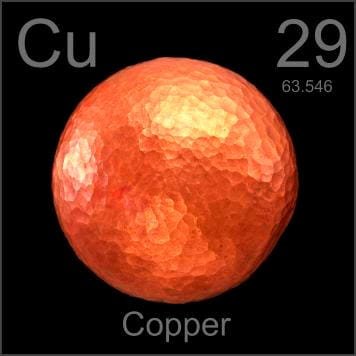 Copper is a chemical element with origins from the Old English word *coper*, derived from the Latin *Cyprium aes*, meaning “metal from Cyprus.” It was used as early as 9000 BC and was discovered by ancient people in the Middle East. Its chemical symbol is “Cu,” and it has an atomic number of 29, located in Period 4 and Group 11 of the periodic table, within the d-block. The relative atomic mass of copper is 63.546(3) Dalton, with the number in brackets indicating the uncertainty.
Copper is a chemical element with origins from the Old English word *coper*, derived from the Latin *Cyprium aes*, meaning “metal from Cyprus.” It was used as early as 9000 BC and was discovered by ancient people in the Middle East. Its chemical symbol is “Cu,” and it has an atomic number of 29, located in Period 4 and Group 11 of the periodic table, within the d-block. The relative atomic mass of copper is 63.546(3) Dalton, with the number in brackets indicating the uncertainty.
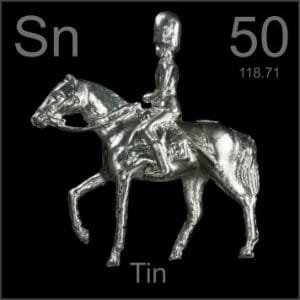
Tin, also known as stannum, is a chemical element named after the Anglo-Saxon word *tin* (with *stannum* being the Latin term meaning “hard”). It has been used since around 3500 BC. The chemical symbol for tin is “Sn,” and it has an atomic number of 50, placing it in Period 5 and Group 14 of the periodic table, within the p-block. The relative atomic mass of tin is 118.710(7) Dalton, with the number in brackets indicating the uncertainty.
Related Products: Copper Sputtering Target, Tin Sputtering Target
Copper Tin Sputtering Target Specifications
| Material Type | Copper Tin |
| Symbol | Cu/Sn |
| Color/Appearance | Metallic solid in various forms including powder, sputtering target, foil, bar, plate |
| Melting Point | / |
| Density | / |
| Available Sizes | Dia.: 2.0″, 3.0″, 4.0″, 5.0″, 6.0″ Thick: 0.125″, 0.250″ |
We also offer other customized shapes and sizes of the sputtering targets; please Contact Us for more information.
Copper Tin Sputtering Target Application
Copper Tin Sputtering Target is employed for thin film deposition, decoration, and various applications in semiconductor technology, displays, LEDs, and photovoltaic devices. It is also used in functional coatings, optical information storage, and glass coatings for automotive and architectural glass, as well as in optical communication and other related industries.
Packing
Our Copper Tin Sputtering Targets are clearly tagged and labeled for efficient identification and quality control. We take meticulous care to prevent any damage during storage and transportation, ensuring the targets arrive in optimal condition.

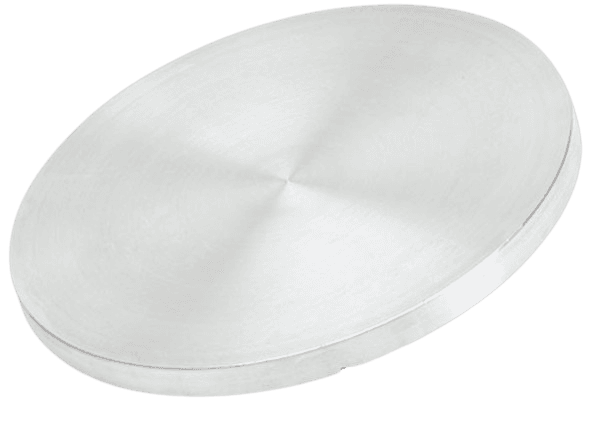
 MSDS File
MSDS File
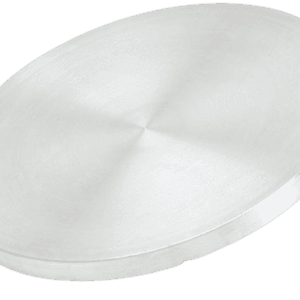
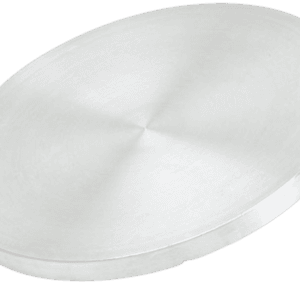
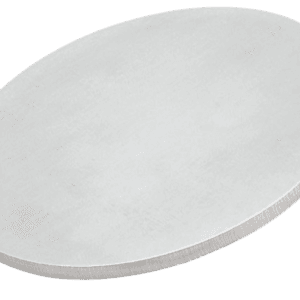
Reviews
There are no reviews yet.